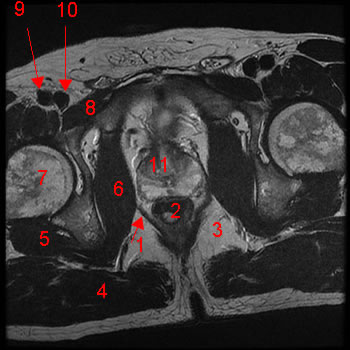Anatomy is one of those subjects most of us don't want to devote too much time to because it isn't as high yield as some of the other subjects on the Step 1.
So how about we quiz each other with high yield anatomy facts? I'll get the ball rolling.
Question: A woman comes in with an ovarian mass and is scheduled for surgery to remove the tumor. During the surgey, which ligament should be ligated to prevent excess bleeding?
So how about we quiz each other with high yield anatomy facts? I'll get the ball rolling.
Question: A woman comes in with an ovarian mass and is scheduled for surgery to remove the tumor. During the surgey, which ligament should be ligated to prevent excess bleeding?
Last edited:




